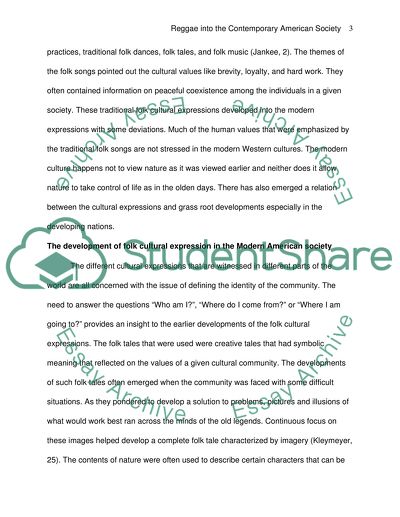Cite this document
(“Reggae into the contemporary American society Essay”, n.d.)
Retrieved from https://studentshare.org/music/1419545-reggae-into-the-contemporary-american-society
Retrieved from https://studentshare.org/music/1419545-reggae-into-the-contemporary-american-society
(Reggae into the Contemporary American Society Essay)
https://studentshare.org/music/1419545-reggae-into-the-contemporary-american-society.
https://studentshare.org/music/1419545-reggae-into-the-contemporary-american-society.
“Reggae into the Contemporary American Society Essay”, n.d. https://studentshare.org/music/1419545-reggae-into-the-contemporary-american-society.


